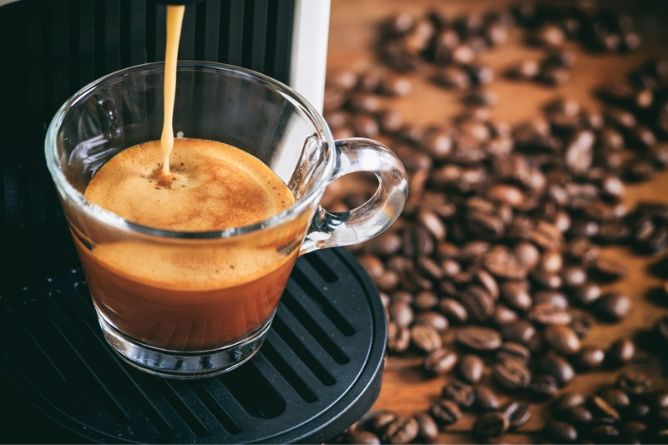In This Article
This post may contain affiliate links, please see our privacy policy for details.
There's something magical about coffee. It's not just a beverage—it's a moment, a small yet significant part of our day that has the power to unite people, spark creativity and ignite conversations. It's a morning ritual for some, a source of comfort for others, and a universal symbol of warmth and hospitality shared across cultures.
CONTENT SUMMARY
We at Catchy Shopper, live and breathe coffee. It's not just about the caffeine kick for us, though we wouldn't deny the energizing effect it has on our productivity. More than that, coffee is a passion, a craft, an art form that has shaped our lives and our creativity. It's the aromatic fuel that drives us to learn more, share more, and brew more.
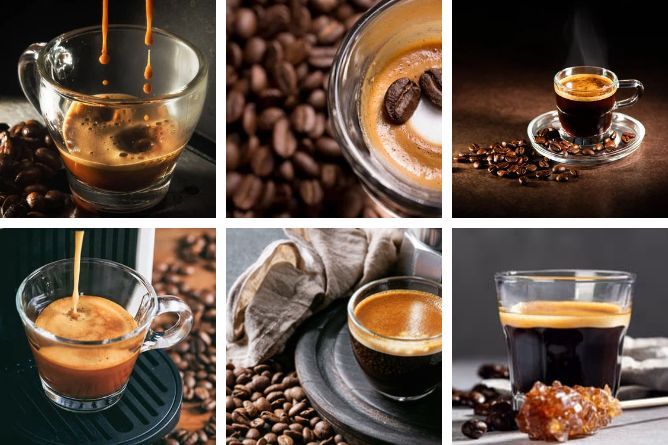
To say we're enthusiastic about coffee equipment would be an understatement. We relish the process of brewing, from bean to cup, and the equipment we use greatly influences the quality and taste of our brew. We particularly love our Coffee Maker with Grinder, perfect for extracting the maximum flavor from freshly ground beans. Then there's the Iced Coffee Maker for those hot summer days when we crave a cool, refreshing pick-me-up. For versatility and the best of both worlds, we can't go without our Coffee and Espresso Maker Combos. And of course, for the hands-on coffee lovers among us, there's the charm and control of Manual Coffee Makers.

But, enough about us. Let's talk about you and your journey toward crafting that perfect cup of espresso. Whether you're a seasoned barista or a coffee enthusiast just beginning your brewing journey, this blog post is for you. We'll guide you through the process of making an espresso, not just with an espresso machine, but also without one.
By the end of this article, we hope you'll be equipped with the knowledge and confidence to make an espresso that will make your taste buds dance and your heart sing. So, put the kettle on, sit back, and let's embark on this exciting journey together. Welcome to the wonderful world of espresso!
History of Espresso
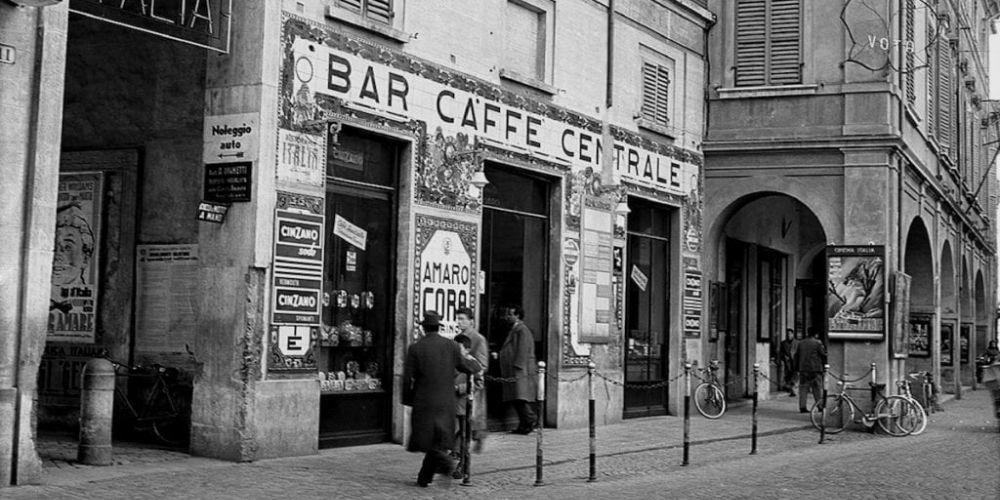
Let's take a little trip back in time to the vibrant heart of Italy in the early 20th century. That's where our beloved espresso first perked up the world of coffee. Picture the bustling espresso bars sprouting up across Italy, thanks to the genius of Angelo Moriondo who patented the first espresso machine in 1884. Fast-forward a few years and Luigi Bezzera gave us the modern-day espresso machine, using pressurized steam to create that rich, velvety shot of coffee we all know and love.
Our espresso journey didn't stop in Italy, oh no! This little powerhouse of flavor captured hearts across Europe and the globe, becoming the poster child of Italian coffee culture and a much-loved guest in cafes everywhere. From the classic espresso to its frothy cousins, the cappuccino and latte, espresso-based drinks are adored worldwide.
Now, what makes espresso the superstar it is? It's all about the method, my friends. Picture hot water, under high pressure, forced through finely-ground coffee beans. The result? A concentrated shot of coffee topped with a dreamy layer of foam known as crema. The process of brewing espresso is quick, and it typically takes just 20 to 30 seconds to reach coffee nirvana.
And then there's the taste. If you're a fan of bold, robust flavors, espresso has your name written all over it. We're talking delicious hints of caramel, chocolate, and nuts, all thanks to the high-pressure brewing that coaxes out more flavor and oils from those dark roast coffee beans.
So there you have it, folks! Espresso, born in Italy, is loved worldwide. Its unique brewing method and full-bodied flavor profile make it stand out from the coffee crowd. So here's to espresso, a global coffee superstar, and the heart of our favorite caffeinated creations.
Essential Tools for Making Espresso
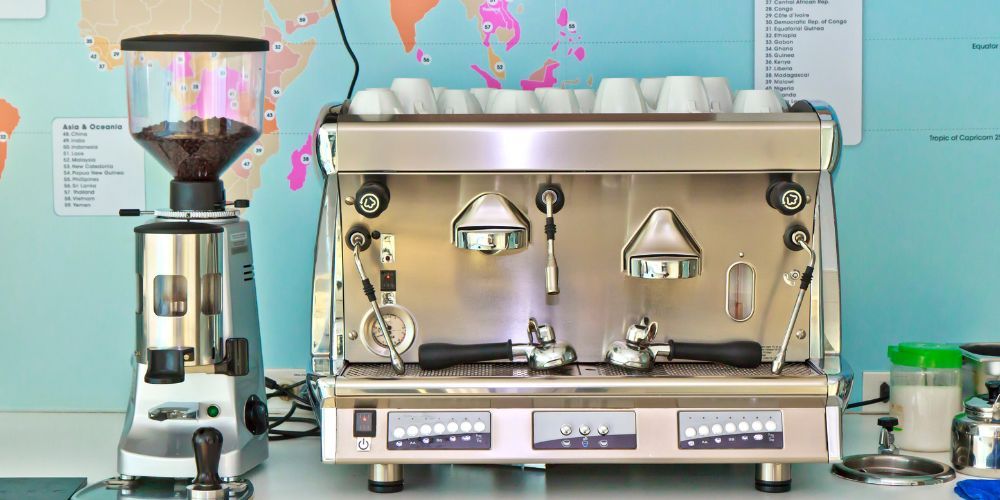
To make a perfect espresso, there are several essential tools and equipment that you will need. Here is a paragraph list highlighting these tools:
Espresso Machine
An espresso machine is the centerpiece of any espresso-making setup. It is specifically designed to force hot water through finely-ground coffee at high pressure, resulting in a concentrated and flavorful shot of espresso. Espresso machines come in various types, such as manual, semi-automatic, and fully automatic, offering different levels of control and convenience.
Coffee Maker with Grinder
A coffee maker with a built-in grinder is an excellent addition to your espresso setup. These machines not only brew coffee but also grind the beans right before brewing. The freshness and consistency of freshly ground coffee significantly impact the taste of the espresso. Having a grinder built into the coffee maker ensures you have a steady supply of freshly ground coffee at the right fineness level.
Coffee and Espresso Maker Combos
Coffee and espresso maker combos provide versatility for coffee lovers who enjoy both regular coffee and espresso. These machines often have dual functionality, allowing you to brew a full pot of coffee or prepare single or double shots of espresso. They save space and offer convenience by combining the features of a coffee maker and an espresso machine into a single unit.
Discover more coffee bliss with our enticing Coffee Series: Coffee Maker with Grinder, Iced Coffee Makers, Small Coffee Makers, Coffee & Espresso Maker Combos & Manual Coffee Makers
Coffee Scales
Accurate measurement is crucial when making espresso. Coffee scales help you achieve consistency in the coffee-to-water ratio and enable precise dosing of coffee grounds. By weighing the coffee and water, you can ensure the ideal extraction and flavor profile for your espresso. Scales with built-in timers are particularly useful for tracking brewing time.
Tamper
A tamper is a tool used to evenly distribute and compress the coffee grounds in the portafilter of an espresso machine. It ensures that the water flows evenly through the coffee, promoting optimal extraction. Tampers come in various sizes and materials, such as stainless steel or wood, allowing you to choose one that suits your preferences and fits your portafilter correctly.
The essential tools for making espresso include an espresso machine, a coffee maker with grinder, coffee and espresso maker combos, coffee scales, and a tamper. Each of these tools plays a crucial role in achieving the perfect espresso by controlling variables such as grind size, brewing time, and extraction pressure. With the right equipment, you can enjoy the rich flavors and aromas of a well-crafted espresso right in the comfort of your home.
Making Espresso with a Coffee Maker
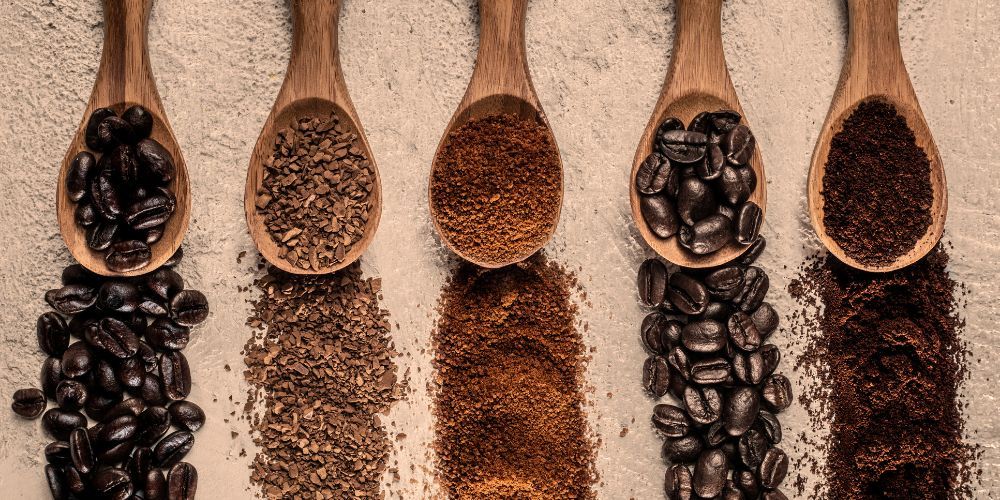
Making espresso with a coffee maker can be achieved with the following steps:
Start with Quality Coffee Beans
Using high-quality coffee beans is crucial for making a flavorful espresso. There are various types of coffee beans available, including specialty options like Mushroom Coffee, Low Acid Coffee, and Green Coffee. Choose beans that suit your taste preferences and ensure they are fresh for the best results.
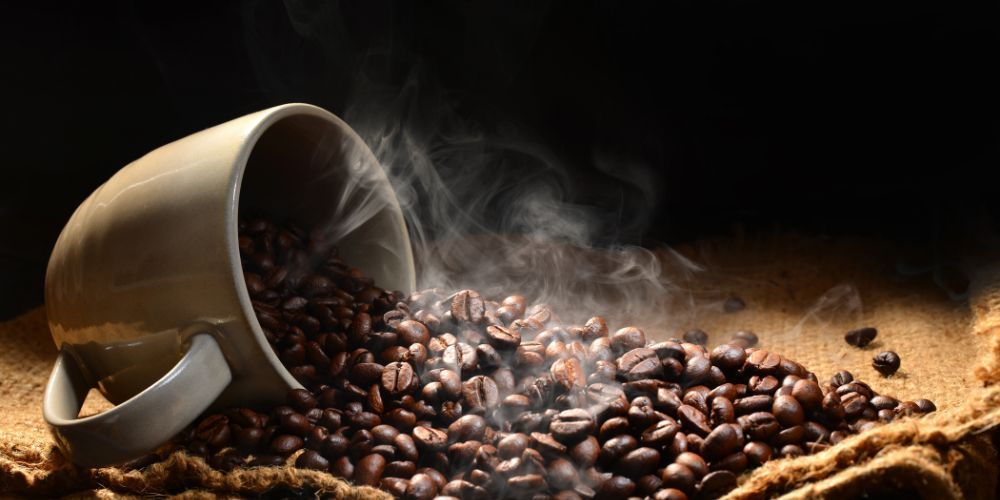
Venture into the realm of alternative brews with our curated selections of Mushroom Coffee, Low Acid Coffee, Green Coffee & Espresso Coffee
A Proper Grinding Technique Using a Coffee Maker with Grinder
If your coffee maker has a built-in grinder, adjust the grind size to a fine setting suitable for espresso. The consistency of the grind is essential for even extraction. Grind the coffee beans just before brewing to maintain the freshness and aromatic qualities of the beans.
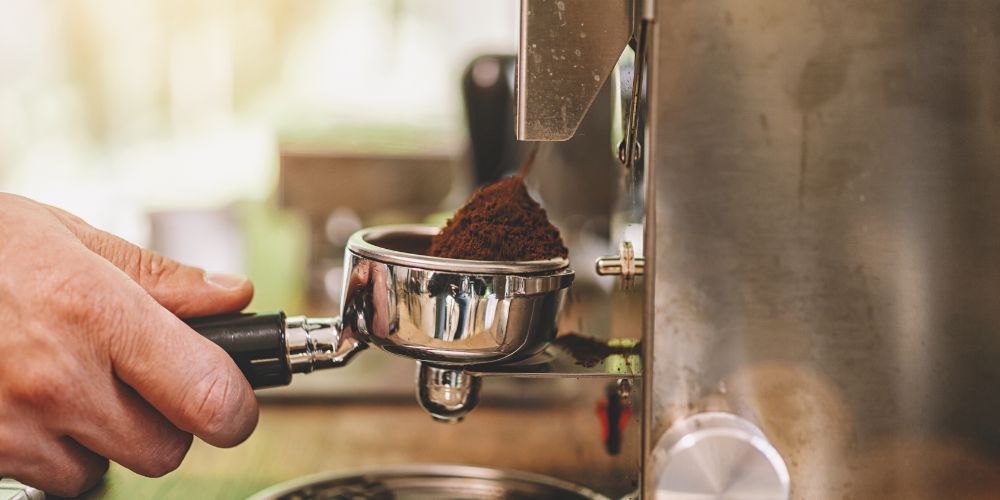
The Correct Dosage and Water Temperature
Measure the appropriate amount of coffee grounds for the desired strength of your espresso. Generally, a standard dose is around 18-20 grams of coffee for a double shot. Ensure your coffee maker is set to the right water temperature, usually between 195°F and 205°F (90°C to 96°C), to extract the flavors effectively.
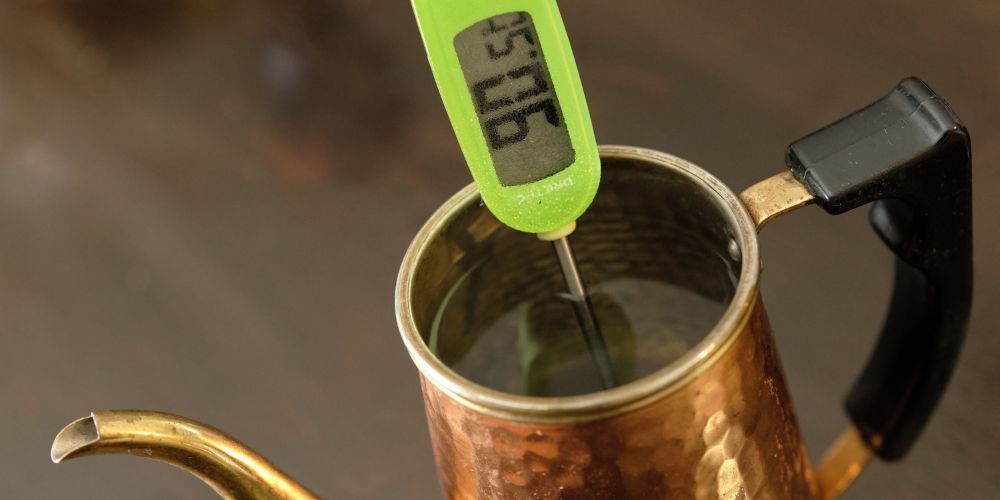
The Importance of Tamping and Timing
After filling the portafilter with ground coffee, use a tamper to evenly distribute and compress the coffee grounds. Apply firm and consistent pressure to create a level surface. Tamping ensures the water flows evenly through the coffee, promoting optimal extraction. Additionally, pay attention to the brewing time. A typical espresso shot takes around 25 to 30 seconds for extraction, resulting in a well-balanced flavor profile.
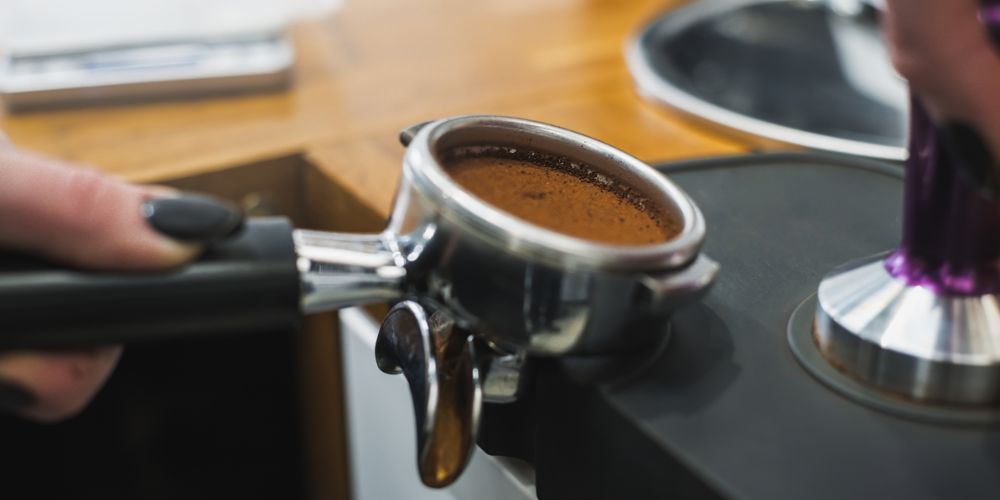
The Extraction Process
Place the filled and tamped portafilter into the coffee maker, ensuring it is securely locked. Activate the brewing process, and the machine will force hot water through the coffee grounds under pressure. The water extracts the soluble compounds, oils, and flavors from the coffee, resulting in a concentrated and aromatic espresso shot.
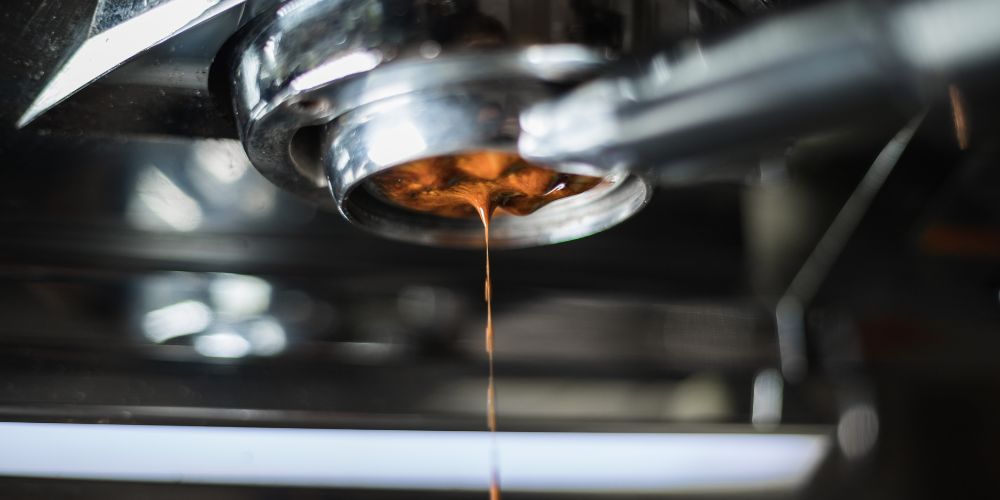
By following these steps, you can create a satisfying espresso using a coffee maker. Remember to adjust and fine-tune the variables such as grind size, dosage, and extraction time according to your taste preferences. With practice and experimentation, you can achieve a cup of espresso that meets your expectations.
Making Espresso without a Machine
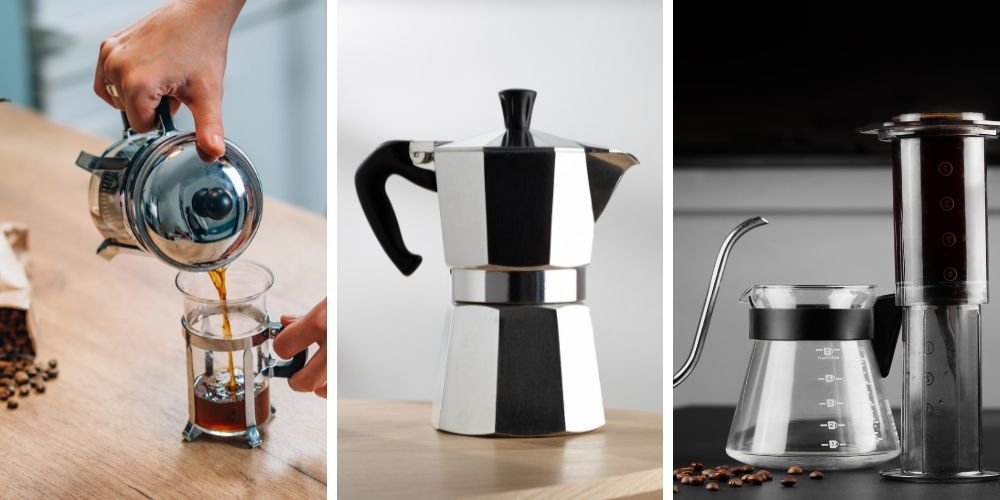
Alternative methods to make espresso without a machine. If you don't have an espresso machine, there are several alternative methods you can try. For detailed instructions and more information, be sure to check out our full blog post about Manual Coffee Makers.
The AeroPress method
The AeroPress is a popular device that can produce a concentrated and flavorful coffee similar to espresso. To make espresso with an AeroPress, you'll need finely ground coffee, hot water, and the AeroPress itself. The process involves steeping the coffee and then using air pressure to extract the brewed coffee. It's a relatively quick and easy way to enjoy a pseudo-espresso at home.
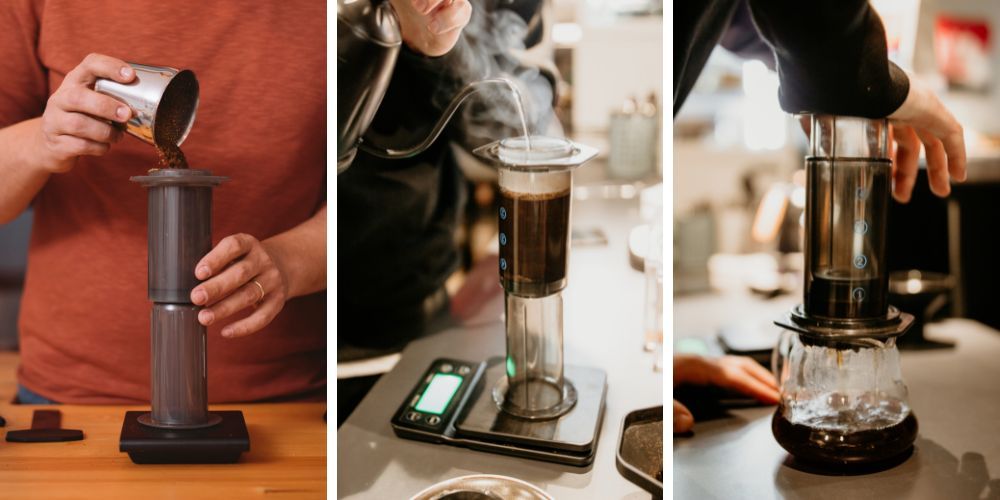
The Moka Pot method
Another method to make espresso-like coffee is by using a Moka pot, also known as a stovetop espresso maker. This classic Italian device consists of a bottom chamber for water, a middle chamber for ground coffee, and a top chamber for brewed coffee. To make espresso with a Moka pot, you'll need finely ground coffee, water, and a heat source. The process involves heating the water, which creates pressure and forces it through the coffee grounds, resulting in a rich and concentrated brew.
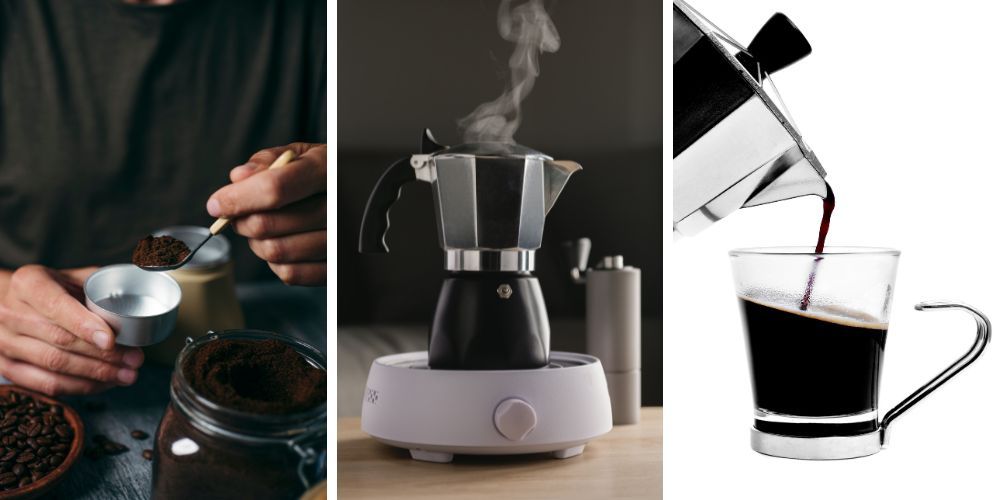
The French Press method
While a French press is not specifically designed for making espresso, it can produce a strong and robust coffee that is reminiscent of espresso. To make espresso-like coffee with a French press, you'll need coarsely ground coffee and hot water. The process involves steeping the coffee grounds in hot water for a few minutes and then pressing down on the plunger to separate the brewed coffee from the grounds. The resulting coffee will have a bold flavor and a thicker consistency, similar to espresso.
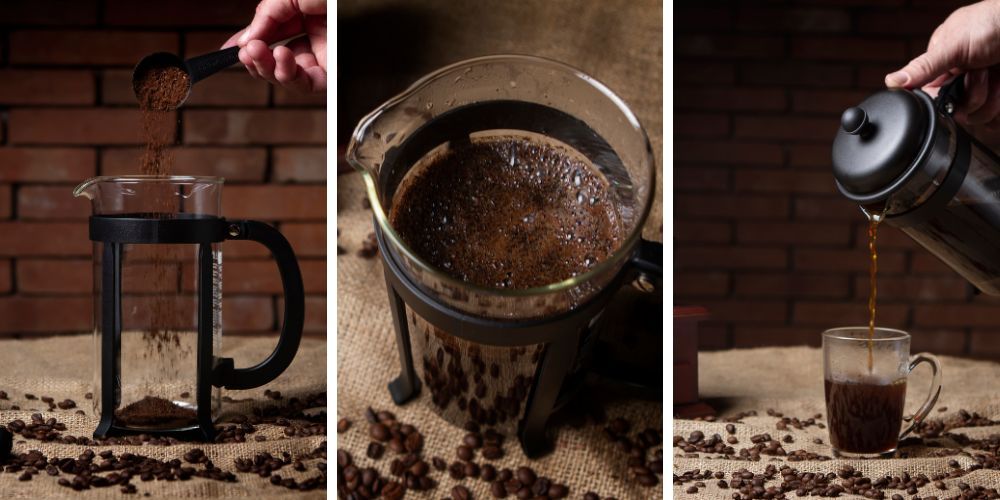
These alternative methods provide a way to enjoy espresso-like coffee without the need for an expensive espresso machine. Each method has its own unique characteristics, so feel free to experiment and find the one that suits your taste preferences. For more detailed instructions and additional methods, don't forget to check out our full blog post about Manual Coffee Makers.
The World of Iced Espresso and Manual Coffee Makers
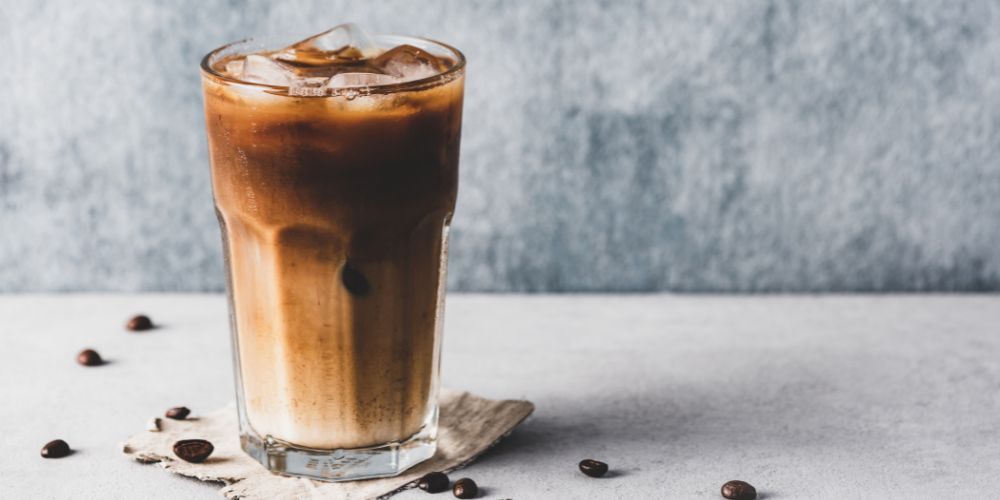
Iced coffee has gained immense popularity in recent years, particularly during the warmer months. Iced coffee makers are specifically designed to produce a refreshing and flavorful cold coffee beverage. These machines often use a brewing process that involves extracting the coffee's flavors at a higher concentration to compensate for the dilution that occurs when ice is added.

To make iced espresso using an espresso machine, you can follow these steps:
- Grind fresh coffee beans to a fine consistency, similar to that of table salt.
- Measure the appropriate amount of coffee grounds based on your desired strength and the instructions provided by your machine.
- Fill the water reservoir of your espresso machine with cold water and preheat the machine according to its instructions.
- Place the coffee grounds into the portafilter and distribute them evenly.
- Tamp the coffee grounds firmly and lock the portafilter into the espresso machine.
- Position your cup or glass beneath the portafilter and start the brewing process.
- Allow the espresso to brew until the desired volume is achieved.
- Once the espresso is ready, fill a separate container with ice and pour the hot espresso over the ice.
- Stir gently to cool down the espresso and melt the ice slightly.
- Add any desired sweeteners or milk, and enjoy your homemade iced espresso.
Discover more iced coffee bliss with our enticing Iced Coffee Series: What is Iced Coffee, How to Make Iced Coffee, Iced Coffee Makers, Protein Iced Coffee Recipes
Manual coffee makers, on the other hand, provide a charming and hands-on brewing experience. These devices offer coffee enthusiasts complete control over the brewing variables, such as water temperature, brewing time, and extraction process. Popular manual coffee makers include pour-over cones, French presses, AeroPress, and moka pots.
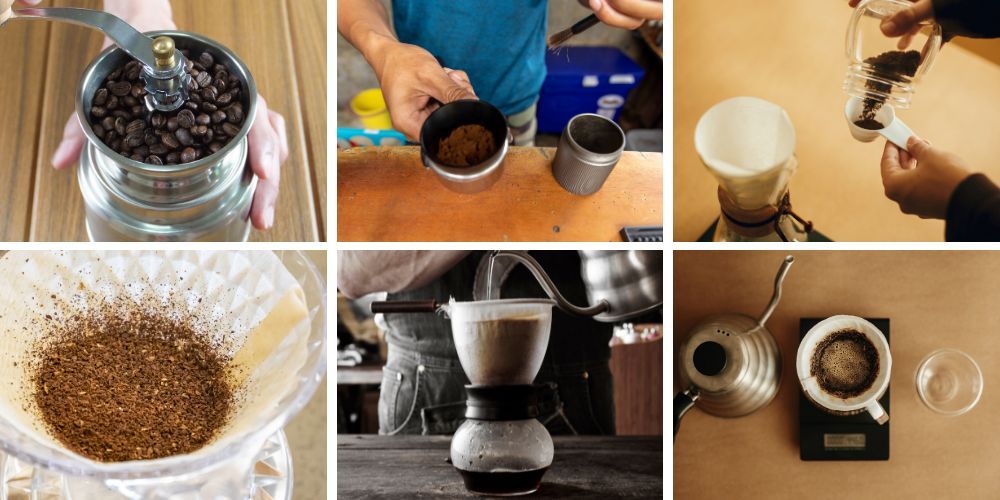
The process of making espresso with manual coffee makers can vary depending on the method chosen. For instance:
- Pour-Over Cone: Place a filter in the cone, add finely ground coffee, and slowly pour hot water over the coffee, allowing it to drip into the cup below.
- French Press: Add coarse coffee grounds to the press, pour hot water over the grounds, and let the coffee steep for a few minutes. Press the plunger down slowly to separate the grounds from the brewed coffee.
- AeroPress: Insert a paper filter into the AeroPress, add medium-fine coffee grounds, pour hot water, and stir. After a short steeping time, press the plunger to extract the brewed coffee.
- Moka Pot: Fill the lower chamber of the pot with water, add finely ground coffee to the filter basket, assemble the pot, and place it on the stove. The heat will create pressure, forcing hot water through the coffee grounds into the upper chamber.
With manual coffee makers, you have the freedom to experiment with different brewing techniques, grind sizes, and water temperatures to achieve your desired flavor profile.
Both iced coffee makers and manual coffee makers offer unique advantages and a personalized brewing experience. Whether you're looking for a refreshing cold coffee treat or enjoy the art of brewing by hand, these methods allow you to explore the diverse world of coffee and tailor your cup to your preferences.
How to Make an Espresso FAQ
How fine should espresso be?
Espresso should be ground very finely, almost to a powder-like consistency. The fine grind allows hot water to extract maximum flavor during the short brewing time of espresso. It should feel slightly finer than granulated sugar when you rub it between your fingers.
What is the difference between espresso and coffee?
Espresso and coffee differ primarily in their brewing methods and the resultant flavor and texture of the drink. Espresso is brewed by forcing hot water under high pressure through finely ground coffee, resulting in a concentrated, strong-flavored drink with a layer of foam on top, known as crema. Traditional coffee, on the other hand, is usually made by drip brewing or steeping ground coffee in hot water, resulting in a milder flavor and larger serving size.
How to make good espresso at home?
To make good espresso at home, you'll need a quality espresso machine and fresh, high-quality coffee beans. Grind your beans to a fine consistency just before brewing. Use the correct amount of coffee (usually around 18-20 grams for a double shot), and ensure the water temperature is correct (around 195-205 degrees Fahrenheit). Tamp the coffee grounds evenly in the portafilter, then pull your shot, which should take between 20-30 seconds. A good espresso will have a thick, golden crema on top.
What coffee to use for an espresso machine?
For espresso, you should use coffee beans that are specifically labeled for espresso or those that are a dark roast. The dark roast allows for a more robust flavor, which is characteristic of espresso. Additionally, the beans should be fresh for the best flavor. You can use either single-origin or blended coffee beans, depending on your flavor preference.
How to grind coffee beans for espresso?
To grind coffee beans for espresso, you'll need a burr grinder, which will provide a consistent fine grind. Blade grinders are not recommended as they can result in unevenly sized particles. Adjust the settings on your grinder to achieve a fine, almost powder-like consistency. The ground coffee should feel slightly finer than granulated sugar. It's best to grind your beans just before brewing to maintain freshness and flavor.
Final Thoughts
In the vast realm of coffee, the passion for this beloved beverage and the joy of making espresso continue to inspire and captivate enthusiasts around the world. As you delve into the world of espresso and manual coffee makers, we encourage you to embrace the spirit of exploration and experimentation. Each brewing method holds its own charm, and by trying different techniques, you can uncover your own unique coffee taste, tailor-made to satisfy your palate.
Remember, it's not just about the final product but also the process itself. Embrace the meditative ritual of preparing your espresso drinks, from selecting the beans and grinding them to perfection, to carefully pouring hot water and witnessing the delightful aromas fill the air. Enjoying every step along the way can enhance your overall coffee experience.
I invite you to share your espresso-making adventures, your favorite methods, or any insightful tricks you've learned through your coffee journey. Let's create a vibrant community of coffee enthusiasts who can exchange knowledge, inspire each other, and celebrate the art of coffee-making together. Leave your comments and questions below, and let's embark on a coffee conversation.
If you're hungry for more coffee-related content, don't forget to sign up for our newsletter. By doing so, you'll gain access to a treasure trove of coffee wisdom, brewing tips, and exciting updates. Let's embark on this coffee adventure together, one delicious cup at a time.


